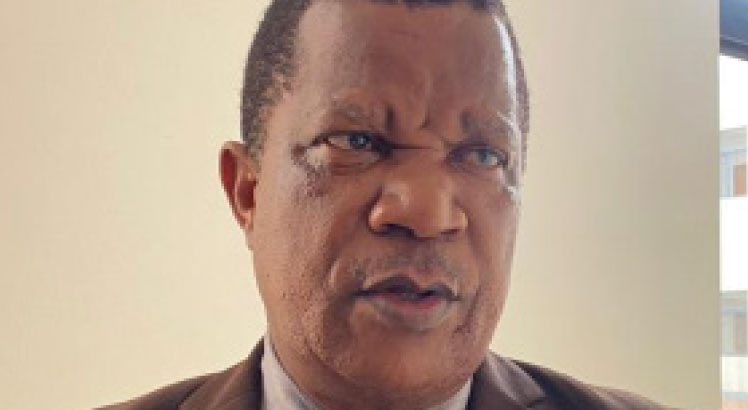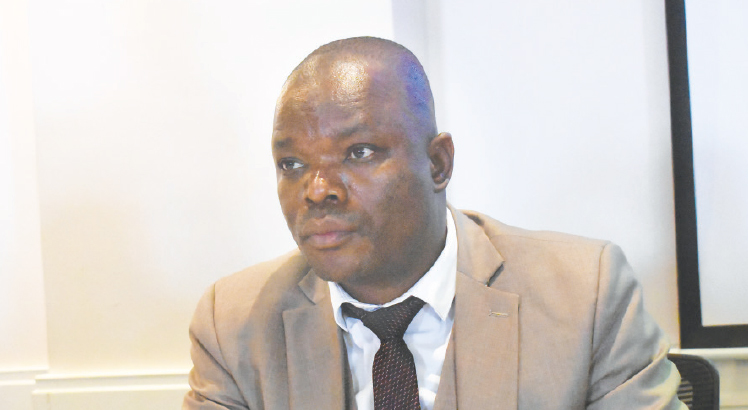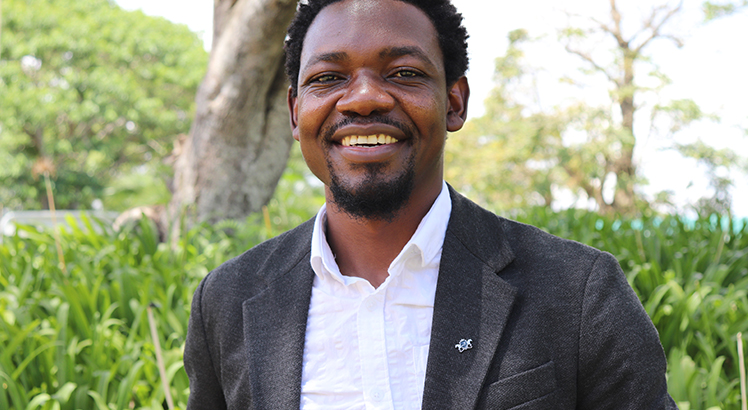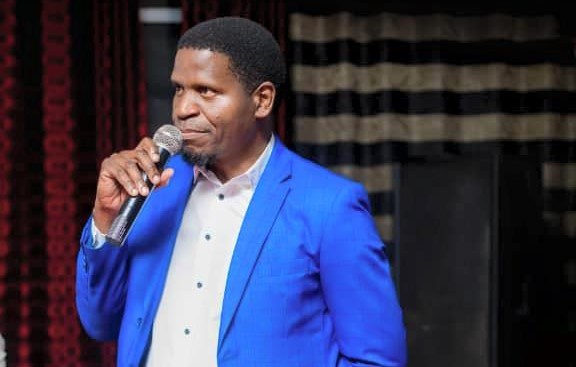‘Africity focuses on sustainable urban development’
Africity at first glance would be thought to be something about cities in Africa alone. But then that is not the case as there are issues to do with urban residents rights, good planning and also taking care of green spaces to ensure well integrated environment inline with the Sustainable Development Goals (SDGs). In this Interview with Patrick Likongwe, the programmes officer for Leadership for Environment and Development Southern and Eastern Africa (Lead SEA), our correspondent CHARLES MKOKA finds out more beyond building climate resilience in cities.
What is Africity all about?
Africity is a research project and it’s a short form for Adaptability, Food Security, Risk and the Right to the City in Sub-Saharan Africa: Towards Sustainable Urban Livelihoods and Green Infrastructure. It is a four-year research project that was launched in January 2017 and its focus is the city space in Sub-Saharan Africa.
What are the pilot areas for this project in Africa?
This research project is being implemented in the three urban areas from three countries in Sub-Saharan Africa namely Zomba, Malawi; Grahamstown, South Africa and Dar es salaam, Tanzania. It is being implemented in the cities from the three countries mentioned as pilot sites. These represent small and medium-sized towns and cities in Sub-Saharan Africa which are generally faced with weaker planning and regulatory institutions and higher levels of social vulnerability.
More to that, these small and medium-sized towns and cities are growing fast, bringing along several challenges which are similar and solutions to those challenges can be discussed amongst the researchers, city authorities and dwellers. The project in Zomba is being implemented in partnership with Leadership for Environment and Development (Lead SAE) and Chancellor College in Malawi.
What type of research are you involved in and why is this relevant to addressing challenges Sub-Sahara African cities are facing now in the wake of climate change?
This research project is focusing on sustainable urban development issues and its overall objective is to explore and understand social vulnerability and adaptability to environmental and resource change, with an emphasis on the issues of risk and food security, in sub-Saharan African cities. The project aims at promoting sustainable urban livelihoods and adaptability through understanding and communicating the right to the city with regards to the necessary green and social infrastructure. This is broken down into three major themes which are ‘Right to the City, Just City or Inclusive City’, ‘Resilient and Resourceful City’ and ‘Green Infrastructure’ [GI]. The themes cut across the issues these small towns and cities are facing. For Zomba, our focus is to explore how green infrastructure can be used to build a resilient and resourceful city through understanding the current status and nature, historical and current drivers and transformations and possible scenarios of GI.
Two weeks ago you organised a training in Unmanned Arial Vehicles (UAVs) to build capacity among town planners and other experts on use of drone technology for urban data generation. Can you explain why the training is key?
One of the partners in this project, svGeosolutions’ main input in the project is to provide geographic information system [GIS] and remote sensing [RS] to the project’s related research work. UAVs go an extra mile as a technology in planning and monitoring resource use and change and they can provide an analysis to produce 3D models of elevation and terrain.
Do you think this initiative will help address challenges of poor urban planning that we have experienced as a country in terms of flash floods as part of building resilience for both our cities and dwellers?
Yes, to an extent as the project is mainly interested in issues that will lead to having sustainable cities and there are several components that need to work together to achieve that. With a bird’s eye view of the city provided by the UAV technology, producing clear high definition pictures [Orthophoto], the city planners would be able to see where problems are in real time even without going there.
Lastly, is this Africity research project is practical, will it bear fruit in the long-term?
Yes, this research project is practical in some sense with components of research, teaching/ training, consultancy and technology, providing room for learning together. With its cross cutting themes, we are looking at city in all angles of sustainability, contributing to SDG Number 11: “Make cities and human settlements inclusive, safe, resilient and sustainable”.
Running through the themes, on right to the city, this research project argues that a sustainable and resilient city can only be understood or established, by a just and inclusive urban living environment that allows for an appropriation and ownership by its inhabitants as the city is understood as an arena of contestations and an array of risks capes where adaptability is created and safeguarded. The resilient or resourceful city draws on the ecosystem services concept which will be extended to ‘services to ecosystem’ in the urban context based on an understanding that cities cannot be rendered sustainable, resilient and resourceful unless urban residents and communities are entitled to shape urban public spaces and their own living environments. This is where urban governance issues come to play.





